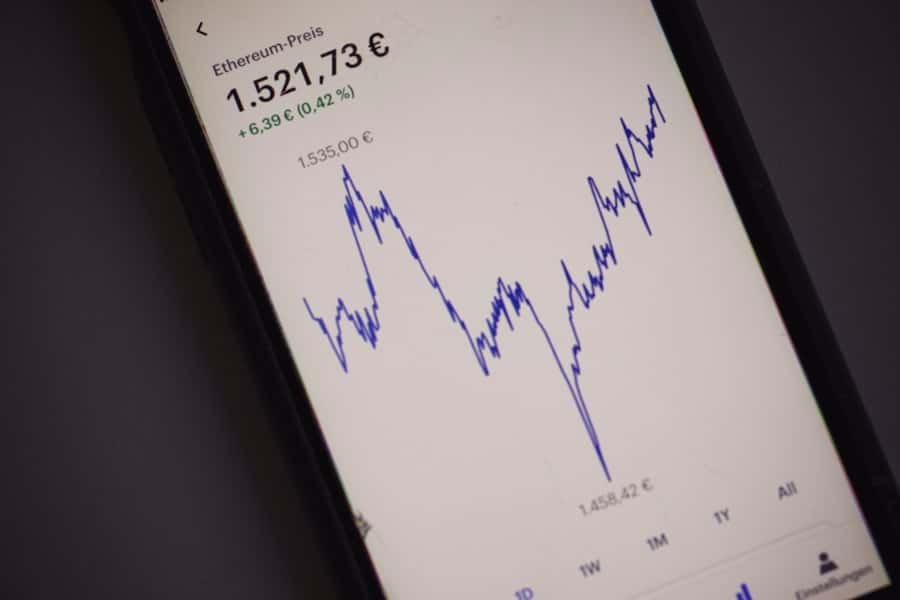Framing effects describe how the presentation of information influences decision-making. This concept is rooted in the understanding that individuals do not make choices in isolation but are affected by the context and manner in which information is conveyed. The same data can be presented in various ways, potentially leading to different decisions.
For instance, when a financial decision is framed in terms of potential gains, individuals may be more inclined to take risks. Conversely, when the same decision is framed in terms of potential losses, individuals may exhibit more risk-averse behavior. This phenomenon has been extensively researched in behavioral economics and has significant implications for understanding financial decision-making processes.
Framing effects can manifest in multiple forms, including how information is presented in terms of gains or losses, as well as how it is framed in terms of probabilities or certainties. For example, individuals may be more likely to take financial risks when presented with information about potential gains, even if the probability of those gains is low. Conversely, individuals may be more risk-averse when presented with information about potential losses, even if the probability of those losses is equally low.
Recognizing the impact of framing effects is crucial for comprehending how individuals make financial decisions and for developing strategies to mitigate their influence on financial outcomes.
Key Takeaways
- Framing effects refer to the way information is presented, which can influence decision-making.
- Framing effects can lead to different financial decisions based on how information is presented, such as gains versus losses.
- Biased financial outcomes can result from framing effects, leading to suboptimal decision-making.
- Cognitive biases play a role in framing effects, as individuals may be influenced by emotions and heuristics.
- Mitigating the influence of framing effects on financial outcomes can be achieved through awareness, education, and decision-making strategies.
The impact of framing effects on financial decision-making
Framing Effects on Investment Decisions
For example, individuals may be more likely to invest in a particular stock if it is framed in terms of potential gains, even if the probability of those gains is low. On the other hand, individuals may be more risk-averse and less likely to invest in the same stock if it is framed in terms of potential losses, even if the probability of those losses is also low.
Influence on Risk Perception
Furthermore, framing effects can also influence how individuals perceive and respond to financial risks. For example, individuals may be more willing to take on financial risks if they are presented with information about potential gains, even if the probability of those gains is low. On the other hand, individuals may be more risk-averse if they are presented with information about potential losses, even if the probability of those losses is also low.
Implications for Financial Decision Making
This can have important implications for financial decision making, as individuals may make choices that are not necessarily in their best interest due to the way information is framed. Overall, the impact of framing effects on financial decision making is significant and has important implications for understanding how individuals make financial choices.
How framing effects can lead to biased financial outcomes

Framing effects can lead to biased financial outcomes by influencing the choices individuals make when it comes to financial decisions. For example, individuals may be more likely to take on financial risks if they are presented with information about potential gains, even if the probability of those gains is low. This can lead to biased outcomes as individuals may make choices that are not necessarily in their best interest due to the way information is framed.
Similarly, individuals may be more risk-averse and less likely to invest in certain opportunities if they are presented with information about potential losses, even if the probability of those losses is also low. This can also lead to biased outcomes as individuals may miss out on potentially beneficial opportunities due to the way information is framed. Furthermore, framing effects can also lead to biased outcomes by influencing how individuals perceive and respond to financial risks.
For example, individuals may be more willing to take on financial risks if they are presented with information about potential gains, even if the probability of those gains is low. On the other hand, individuals may be more risk-averse if they are presented with information about potential losses, even if the probability of those losses is also low. This can lead to biased outcomes as individuals may make choices that are not necessarily in their best interest due to the way information is framed.
Overall, framing effects can lead to biased financial outcomes by influencing the choices individuals make and how they perceive and respond to financial risks.
The role of cognitive biases in framing effects
Cognitive biases play a significant role in framing effects by influencing how individuals process and respond to information. These biases can lead individuals to make decisions that are not necessarily rational or in their best interest. For example, individuals may exhibit an optimism bias when presented with information about potential gains, leading them to overestimate the likelihood of positive outcomes and take on more risk than they should.
On the other hand, individuals may exhibit a loss aversion bias when presented with information about potential losses, leading them to overestimate the likelihood of negative outcomes and be more risk-averse than they should be. Furthermore, cognitive biases such as anchoring and adjustment can also play a role in framing effects by influencing how individuals interpret and respond to information. For example, individuals may anchor on a particular piece of information when making a financial decision and then adjust their choices based on that anchor, leading to biased outcomes.
Similarly, individuals may exhibit confirmation bias by seeking out information that confirms their pre-existing beliefs about a financial decision and ignoring information that contradicts those beliefs. Overall, cognitive biases play a significant role in framing effects by influencing how individuals process and respond to information, leading to biased financial outcomes.
Strategies to mitigate the influence of framing effects on financial outcomes
There are several strategies that can be employed to mitigate the influence of framing effects on financial outcomes. One approach is to provide individuals with balanced and unbiased information when presenting financial decisions. By presenting both the potential gains and potential losses associated with a decision, individuals can make more informed choices that are not unduly influenced by the way information is framed.
Additionally, providing individuals with information about probabilities and uncertainties can help mitigate the impact of framing effects by encouraging more rational decision making. Another strategy is to encourage individuals to consider decisions from multiple perspectives and to think critically about how information is presented. By encouraging individuals to consider both the positive and negative aspects of a decision and to critically evaluate how information is framed, they can make more balanced and rational choices.
Additionally, providing individuals with decision-making tools and frameworks that help them evaluate choices objectively can also mitigate the influence of framing effects on financial outcomes.
Real-life examples of framing effects in financial decision making

Influencing Investment Decisions
Marketing materials for investment opportunities often emphasize potential gains while downplaying potential risks, leading individuals to take on more risk than they should. Similarly, financial product advertising often focuses on potential benefits without adequately addressing potential drawbacks, resulting in individuals making choices that may not be in their best interest.
The Impact of News Media Coverage
News media coverage can also frame economic events in ways that influence how individuals perceive and respond to them. For instance, news coverage of stock market fluctuations often emphasizes potential losses, creating a sense of panic among investors and leading them to make hasty and irrational decisions.
Shaping Perceptions of Economic Events
News coverage of economic downturns can frame them in ways that lead individuals to become overly pessimistic about their financial prospects, resulting in irrational decision making. By understanding how framing effects work, individuals can make more informed and rational financial decisions.
The importance of awareness and education in overcoming framing effects in finance
Awareness and education play a crucial role in overcoming framing effects in finance by helping individuals recognize when their decisions are being influenced by the way information is framed. By increasing awareness of how framing effects work and how they can lead to biased outcomes, individuals can become more vigilant about evaluating information critically and making more rational choices. Additionally, education about cognitive biases and decision-making heuristics can help individuals understand how their thinking processes may be influenced by biases and how they can mitigate their impact.
Furthermore, education about financial literacy and investment principles can help individuals make more informed choices that are not unduly influenced by framing effects. By understanding fundamental concepts such as risk and return, diversification, and investment strategies, individuals can make more rational decisions that are based on sound principles rather than being swayed by the way information is presented. Overall, awareness and education are crucial for overcoming framing effects in finance and for helping individuals make more rational and informed financial decisions.
If you’re interested in learning more about the impact of framing effects on decision-making, check out this insightful article on The Econosphere’s blog here. The article delves into how framing can influence financial outcomes and provides valuable insights into how individuals can make more informed and rational choices when it comes to their finances.
FAQs
What are framing effects in the context of financial decision making?
Framing effects refer to the way in which information is presented or “framed” can influence the decisions and choices individuals make, particularly in the context of financial outcomes.
How do framing effects impact financial decision making?
Framing effects can impact financial decision making by influencing how individuals perceive and evaluate different options, leading to potentially different choices and outcomes.
What are some examples of framing effects in financial decision making?
Examples of framing effects in financial decision making include the way investment options are presented (e.g., as gains or losses), the framing of risks and rewards, and the presentation of financial information in a positive or negative light.
How can individuals mitigate the impact of framing effects on their financial decisions?
Individuals can mitigate the impact of framing effects on their financial decisions by being aware of how information is presented to them, seeking out diverse perspectives, and considering the underlying facts and data rather than just the framing of the information.
What are some potential implications of framing effects on financial outcomes?
The potential implications of framing effects on financial outcomes include the potential for individuals to make suboptimal decisions, experience regret or satisfaction based on the framing of outcomes, and the impact on overall financial well-being.








